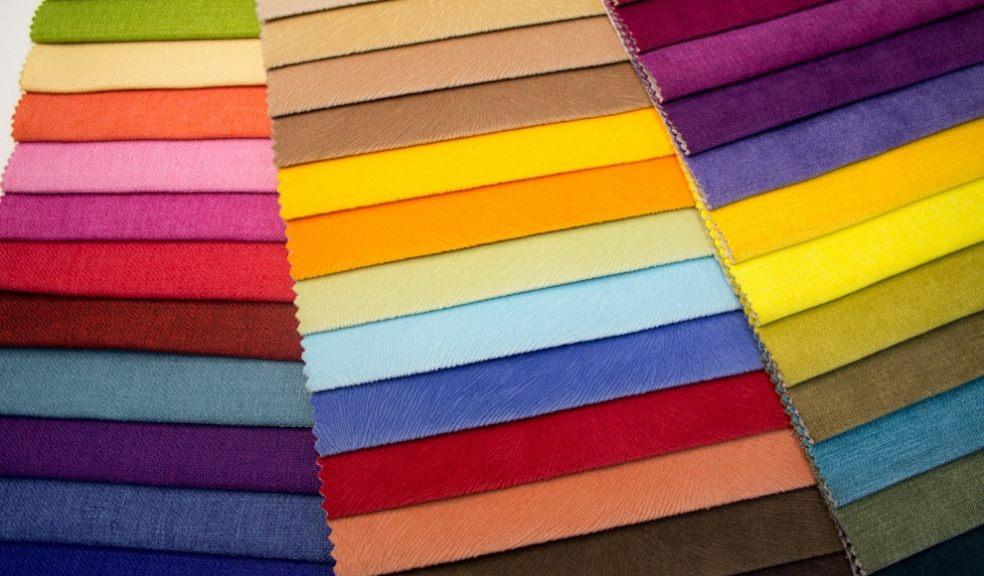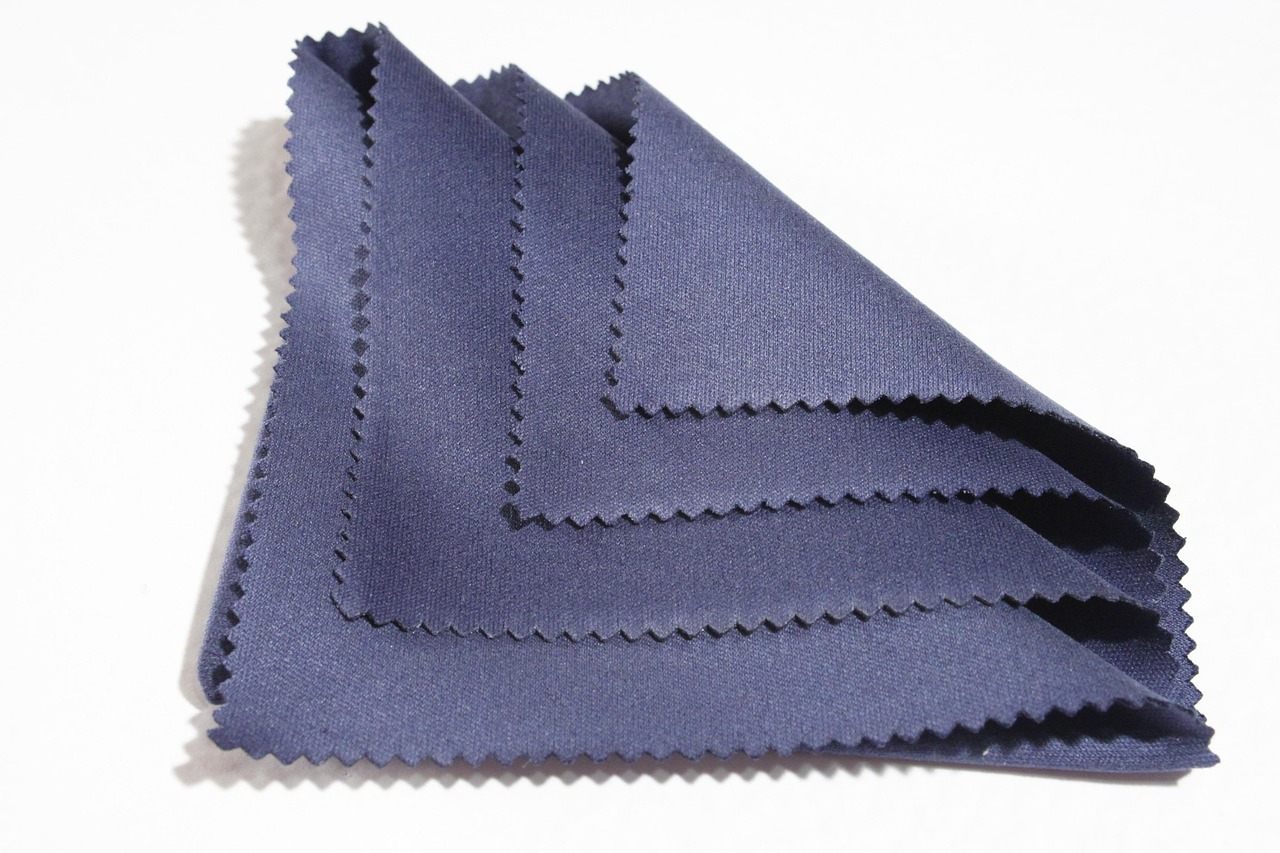
The Top 5 Sewing Fabrics to Add to Your Collection
Have you ever stood in front of the fabric shelves, touched ten different bolts, then left with the same safe choice because everything else felt risky or confusing? You’re not alone, and the good news is you can pick great fabrics once you know how they behave, how they sew, and what they’re best at for everyday clothes.
Think of this guide as your shortcut to fabric you’ll actually enjoy sewing and wearing, not just stashing. We’ll cover how each fabric drapes, how it reacts to the needle, and how to care for it so your projects last, with tips for needles, thread, presser feet, and prewash steps that help you sew a resilient and easy-to-handle fabric garment that fits your plans and your skill level.
What Garment Fabrics Are Best for Sewing?

You’ll see the same few names again and again because they’re reliable for a fabric garment you can sew at home and wear often. Below, you’ll find what each one does well, what to watch for, and simple tactics that help you get cleaner seams and fewer “why did I buy this” moments.
Cotton
Cotton is the friendly starter fabric, and it still earns a spot even after you move past beginner projects. You get a soft hand, easy pressing, and solid stitch visibility, which helps you learn seam finishes like French seams or flat-felled seams without fighting the fabric. Woven cottons like poplin, lawn, and chambray sit in the 100–150 g/m² range, so they feed evenly under the presser foot and hold shape for shirts, day dresses, and pyjamas.
Prewash in cool or warm water and tumble dry on low to get shrinkage out of the way, since cotton can shrink 2–5%. Use a universal needle size 70/10–80/12, standard polyester thread, and a stitch length around 2.5 mm for seams that hold but don’t pucker. Press the seams with steam and a bit of water from a spray bottle, then let them cool flat before moving them. If you want more drape, look for cotton voile or rayon-blend shirtings, and if you want structure, reach for twill or denim around 200–300 g/m² and grade those seam allowances to keep bulk in check.
Linen
Linen breathes, lasts, and gets softer every time you wash it, which makes it great for warm months and relaxed silhouettes. It creases faster than cotton, but a quick press brings it back, and those slubs add a natural texture that hides tiny stitching wobbles. Midweight linen around 150–200 g/m² suits trousers, skirts, and easy dresses, while lighter weights sew into breezy tops and layering pieces. Wash it before cutting, since linen can shrink 2–4%, and press with plenty of steam so the fibres relax before you lay out your pattern.
Use a sharp or microtex needle size 80/12, polyester thread, and a 2.5–3 mm stitch length so the fabric doesn’t look perforated at the seam. Staystitch necklines and armholes to keep curves from stretching out, and press seams open with a clapper for crisp results. If you want fewer wrinkles during wear, blend linen with cotton or viscose, or choose a slightly heavier weave that drapes well but holds its shape through the day.
Wool
Wool gives you warmth, shape, and a polished look for cooler seasons, and it handles beautifully if you add heat and moisture while you work. Suiting wools and gabardines around 180–250 g/m² tailor into blazers, trousers, and skirts, while wool flannel and boiled wool make cozy coats and shackets without heavy linings.
Many wools bounce back from wrinkles, and you can steam them into shape at hems, lapels, and darts, which helps you sculpt clean lines. Use a sharp needle size 80/12–90/14, polyester thread, and a slightly longer stitch length around 3 mm so your seams sit smoothly. Press with a press cloth and steam, then lift the iron to avoid shine, and let the pieces cool on the board so they set. Pre-treat by steaming or dry cleaning, and if you wash at home, test a swatch first, since felting can shrink it far more than you expect. Finish seams with serging, pinking, or Hong Kong bias binds to reduce bulk and give the inside a neat look you’ll be proud of.
Polyester

Polyester blends bring durability, easy care, and strong colour fastness, which helps if you sew clothes for daily wear and frequent washing. You’ll find everything from flowy crepes around 120–160 g/m² to stable double knits near 250–300 g/m², so match the type to your pattern’s drape. The fibre doesn’t breathe like natural fibres, but modern weaves improve airflow, and blends with rayon or cotton feel nicer against the skin.
Use a microtex needle size 70/10–80/12, polyester thread, and test heat on a scrap, since polyester can glaze or melt under a very hot iron. Lower the iron temperature, press from the wrong side, and use a press cloth, then let the seams cool flat so they hold. To avoid static and cling, add a quick spritz of water before pressing or use a mild anti-static spray. For knits, switch to a ballpoint or stretch needle, use a narrow zigzag or a lightning stitch, and stabilise shoulders with clear elastic so the garment keeps its shape after many trips through the wash.
Silk
Silk feels special, drapes beautifully, and rewards careful prep with results that look high-end. Charmeuse and crepe de chine flow for blouses and bias skirts around 80–120 g/m², while silk noil and dupioni give more body and a slightly nubby surface that’s easier to control. Work on a clean, lint-free surface, and lay silk on tissue paper to stop it from sliding while you cut; use silk pins or fine clips so you don’t mark the fabric.
A microtex needle size 60/8–70/10 and fine polyester thread keep stitches neat, and a shorter stitch length around 2–2.2 mm avoids laddering. Press on low heat with a press cloth and test every step on a scrap, since water can spot some silks. French seams or narrow rolled hems keep the inside tidy without adding bulk. If you love the look but want less fuss, try silk-cotton or silk-viscose blends that give softer handling while you sew and more forgiving care at home.













